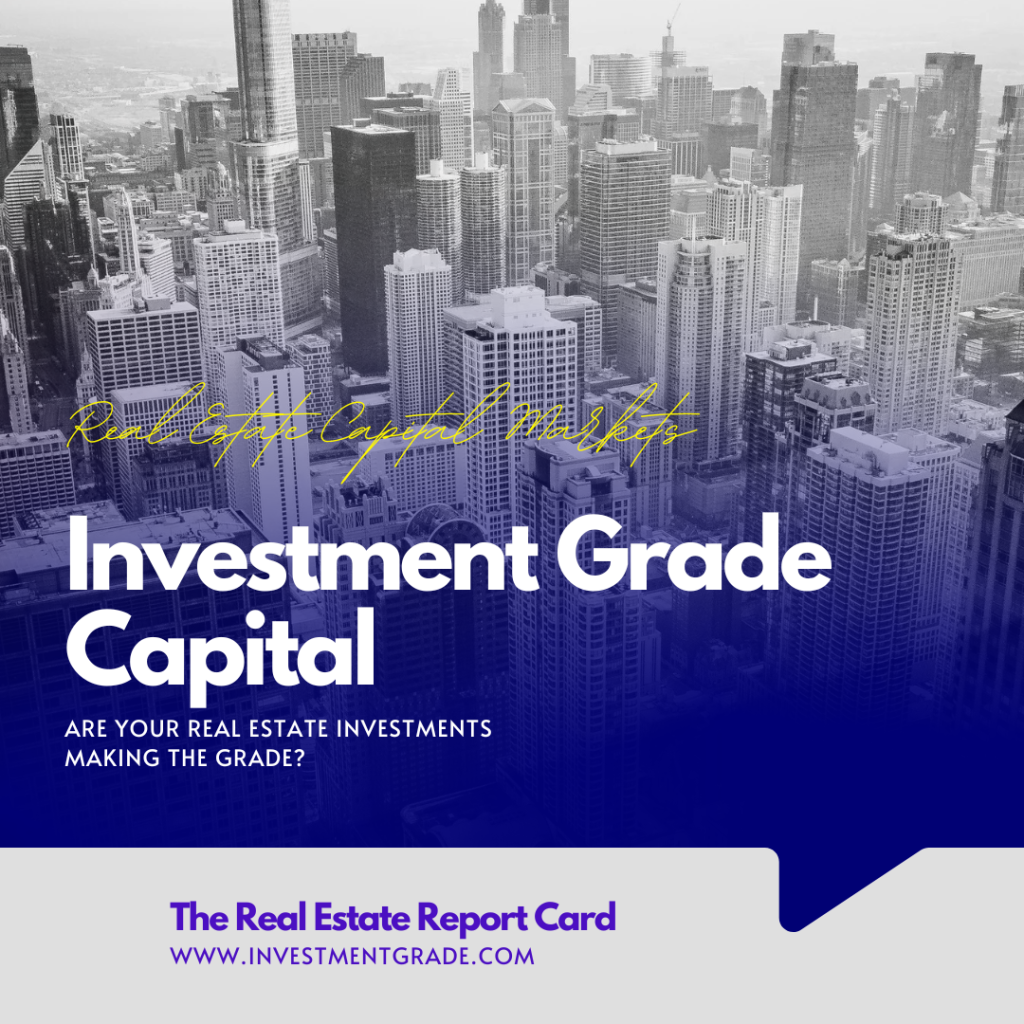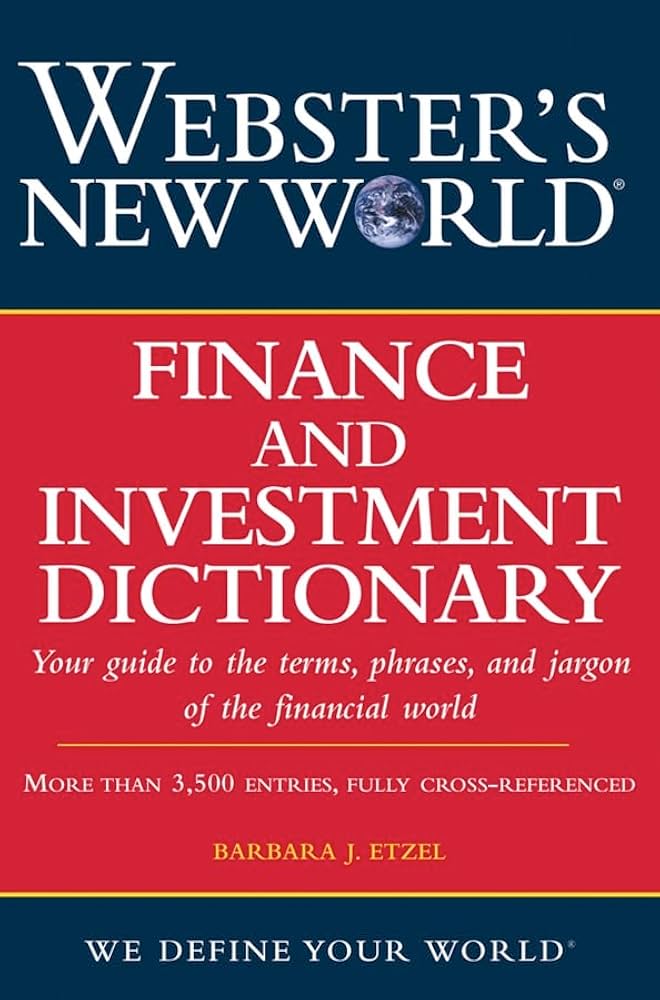“Investment Grade” refers to the quality and stability of various investment vehicles, indicating low to moderate risk and a strong likelihood of fulfilling financial obligations. Originating from credit ratings, where bonds rated “BBB” (S&P) or “Baa” (Moody’s) and above signify solid fundamentals and reliable interest and principal payments, the term has broadened to encompass a wide range of assets. These include investment-grade bonds, investment-grade debt, investment-grade securities, investment-grade private placements, investment-grade real estate, investment-grade net leases, investment-grade loans, and even new asset classes like investment-grade short-term rentals, among others. In each category, being “investment grade” suggests an asset or investment is deemed a safer, less volatile investment, typically yielding lower returns compared to higher-risk options.
The Cambridge Dictionary
investment-grade
adjective
used to describe a financial product that has low risk and will probably make a profit.
NASDAQ defines “Investment Grade” as
In the context of bond ratings, the rating level above which institutional investors have been authorized to invest.
Moody’s categorizes bonds as “investment grade” when they are rated Baa or higher. This classification reflects moderate to minimal credit risk. Bonds rated Ba and below are considered speculative, carrying substantial to high credit risk (Moody’s Ratings / Commercial Group).
S&P Global Ratings, on the other hand, classifies bonds as “investment grade” if they are rated BBB or above. Bonds within this range are deemed to have adequate protection parameters but are more likely to be affected by adverse economic conditions compared to higher-rated bonds. Bonds rated BB and below are considered speculative, implying they have significant speculative characteristics and face major uncertainties or exposure to adverse business, financial, or economic conditions (SP Global).
Fitch defines “investment grade” ratings as those from ‘BBB-‘ and above, indicating relatively low to moderate credit risk. Ratings below this threshold, starting from ‘BB+’ and downwards, fall into the speculative or “non-investment grade” category, signaling higher credit risk and a greater likelihood of default. This framework aligns with the broader market’s understanding and categorization of investment versus speculative grade bonds. For specific ratings, ‘AAA’ represents the highest credit quality with the lowest expectation of default risk, followed by descending ratings like ‘AA’, ‘A’, and ‘BBB’, each reflecting varying levels of risk and credit quality down to the ‘BBB-‘ cutoff point for investment grade (Fitch Ratings) (Fitch Ratings).
FINRA classifies a security as “Investment Grade” if it is rated in one of the four highest generic rating categories by one or more nationally recognized statistical rating organizations. Conversely, a “Non-Investment Grade” security is rated below these categories. For unrated securities, FINRA may designate them as either Investment Grade or Non-Investment Grade based on its criteria. This classification impacts how transactions in these securities are reported and disseminated by FINRA.

“Investment grade debt” refers to bonds rated BBB− or higher by Fitch and S&P, or Baa3 or higher by Moody’s. These ratings suggest a lower risk of default, making them safer investments for lenders. Bonds not meeting these criteria are often labeled as high-yield or junk bonds, indicating higher risk and potentially higher returns.
“Investment grade private placements” refer to privately sold debt instruments issued by companies that are deemed to have a lower risk of default. These securities are not publicly traded, and are often sold to a small number of institutional or accredited investors. Being labeled as “investment grade” means these private placements are rated BBB-/Baa3 or higher by credit rating agencies, signifying strong creditworthiness and financial stability of the issuing company, thus offering investors a relatively safer investment with predictable returns.
“Investment grade net lease” is a real estate investment strategy involving properties leased to tenants with high creditworthiness, typically rated BBB-/Baa3 or above by rating agencies. These leases are attractive due to the lower risk of tenant default and the stable, predictable income stream they provide, often with tenants responsible for most property expenses. This makes them a favored option for investors seeking reliable returns with minimized management responsibilities.
“Investment grade real estate” refers to properties that are considered a safer investment, typically showing stable income streams, quality tenants, and lower risk profiles. These properties are often well-located, with high occupancy rates and tenants that have strong credit ratings themselves, such as national or multinational corporations. This classification suggests the real estate investment is more likely to provide reliable returns and preserve capital, mirroring the broader concept of “investment grade” used in finance to indicate lower risk and stable return prospects.




